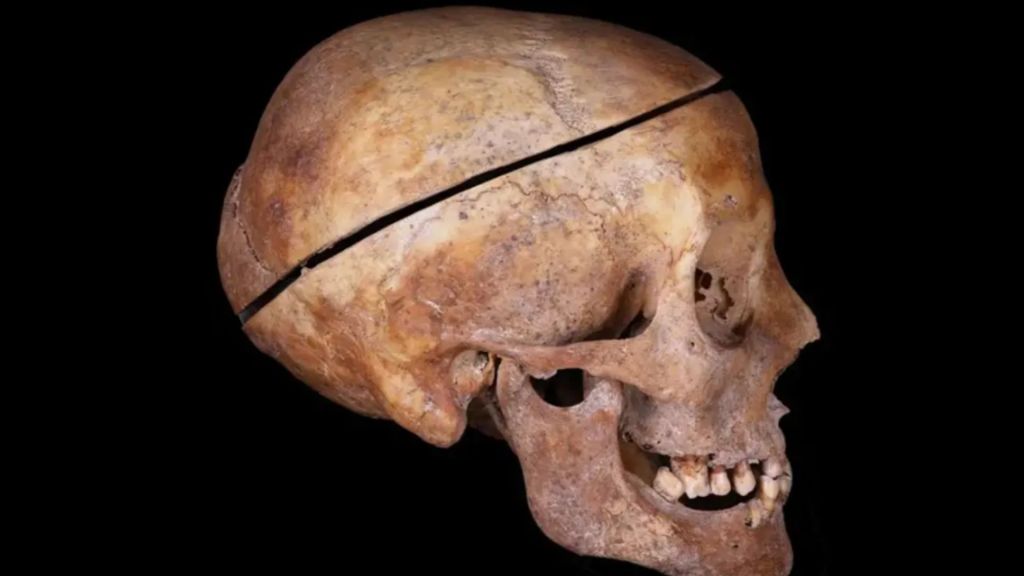Embalming, traditionally associated with ancient civilizations such as Egypt or South America, has recently been found to have been practiced in Europe, specifically among the aristocracy of the 16th and 17th centuries. An archaeological study of the crypts at Château des Milandes in Castelnaud-la-Chapelle, Dordogne, France, has provided evidence of these burial practices. Researchers from the Austrian Academy of Sciences (ÖAW) examined the remains of seven adults, five children, and a mummified woman, all belonging to the Caumont family, a noble lineage from France’s Early Modern period. They found that the embalming techniques employed showed a standardized approach that was consistent across different age groups, indicating a long-standing tradition that spanned over two hundred years.
The findings, detailed in a study published in the journal Nature, highlight that European embalming practices diverged from Egyptian mummification. Rather than focusing on the long-term preservation of the body, the medieval and early modern methods centered on slowing decomposition to allow for public display during funerals. This was particularly crucial for individuals who died away from their hometowns, as exhibiting the body served to honor their memory and status. The research indicated that all internal organs were typically removed prior to embalming, with the remains washed and treated with balsams and aromatic substances that minimized decomposition and masked unpleasant odors.
The meticulous nature of the embalming process was evident in the analysis of the skeletal remains, which revealed precise cut marks consistent with thorough skinning techniques. These methods, which included careful treatment of the limbs, fingertips, and toes, parallel the practices documented by the prominent French surgeon Pierre Dionis in the early 18th century during an autopsy in Marseille. Such detailed procedures highlight the sophistication of the techniques used in these aristocratic burials, distinguishing them from the more rudimentary methods seen in other historical contexts.
In examining the remains of the Caumont family members, researchers uncovered a rare occurrence of embalming across multiple individuals within a single family. This included evidence of embalming on the cranial and postcranial bones of both children and adults, underscoring the family’s elite status and the continuity of these burial traditions across generations. The study classified the remains into various categories, systematically identifying adults and immature individuals, which facilitated a better understanding of the family’s lineage and the socio-cultural implications of their burial rites.
Further anthropological analysis indicated that the crypt at Château des Milandes served as a burial site for the Caumont family over nearly two centuries, reflecting their high social standing and the importance of maintaining familial traditions. François de Caumont, the family’s patriarch, constructed the Château in the late 15th century. This location was not only a familial residence but later became notable for its association with American singer and actress Josephine Baker, who resided there from 1947 until 1968. This connection further highlights the rich history embedded within the site and the enduring significance of the Caumont family’s legacy.
Overall, the research conducted at Château des Milandes presents a compelling narrative about the practice of embalming in early modern Europe, challenging previous assumptions about its exclusivity to ancient cultures. The standardized and intricate techniques employed by the Caumont family reflect their noble status and the cultural practices of their time, enriching our understanding of burial customs in European history and the social dynamics within aristocratic families. This investigation not only contributes to the archaeological record but also underscores the continuous evolution of mortuary practices over centuries, highlighting how they serve as a critical lens through which to view historical societal values.

